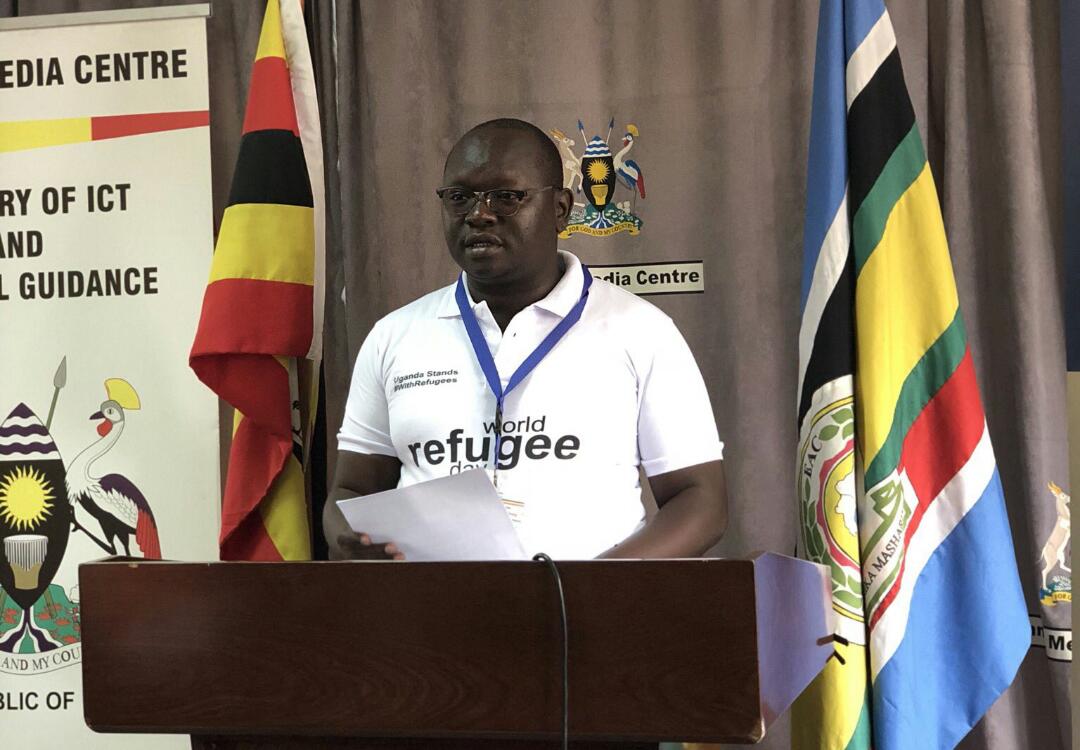Government is set to spend a sum of Shs 2 billion (USD 534,930) on the distribution of mosquito nets to refugees in the various refugee settlements across Uganda.
The exercise to give out Long Lasting Insecticide Mosquito Nets (LLIN) is aimed at preventing the spread of malaria and is scheduled to begin on June 23.
This was revealed on Wednesday by the Director for the National Malaria Control Progam, Dr Jimmy Opigo during a press conference at Uganda Media Centre.
He said that the mosquito nets are a key component of the national malaria prevention initiative and are highly effective, user-friendly and low-cost intervention to protect communities against Malaria.
“With Support from Global Fund, a total of 849,495 mosquito nets have been procured aiming to protect approximately 1,400,000 people,” Dr Opigo said.
A tofal of 150,686 nets will be distributed in Adjumani settlement to protect 241,098 people.
In Kiryandongo settlement 36,024 nets will be given to 57,639 people while in Ivempi/Rhino settlement located in Arua district, 167,347 nets will be distributed to 267,755 people.
Others will go to Kyaka II settlement in Kyegegwa district (33,426 nets for 53,481 people) and Kyangwali settlement in Hoima district (38,428 nets to protect 61,484 people).
Parolinya settlement in Moyo district will get 102,326 nets for 163,721 people.
Nakivale/Oruchinga settlement in Isingiro District will get 70,390 nets to protect 112,624 people and Rwamwanja settlement in Kamwenge district will get 48,814 nets for 78,102 people.
Bidi Bidi settlement in Yumbe district is to get 179,876 nets for 287,801 people and Palabek settlement in Lamwo district will receive 22,179 nets to benefit 35,487 people.
“The distribution of the mosquito nets will take place on Saturday 23 June, 2018 at designated distribution points within the Refugee settlements,” said Dr Opigo.
The campaign is led by the government of Uganda, with support from the Global Fund, Office of the Prime Minister and the UN refugee agency.
The Shs 2 billion will facilitate Procurement of Nets, transportation of nets, operations, logistics, Behaviour Change Communication among others.
Uganda is home to over 1,400,000 refugees – one of the country’s most vulnerable population.
Dr Opigo said that refugees residing in refugee camps have been identified among the Malaria risk populations in this country.
“In refugee settlements, Malaria is the leading cause of morbidity and mortality, accounting for 37% of outpatient consultations and 36% of inpatient admissions, and accounting for 23% of under-5 mortality and overall deaths,” he told the press.
The number of new Malaria cases among child refugees standsat 80 per 1,000 while in the general population, it stands at 53 per 1,000.
The proximity of refugee households to thick vegetation and stagnant water that are favorable breeding grounds for mosquitoes poses a greater risk for Malaria in refugees.
A study conducted by UNHCR in December 2017 showed that only one third of refugee households (36%) owned at least one LLIN while in the host population, 63% owned an LLIN.










